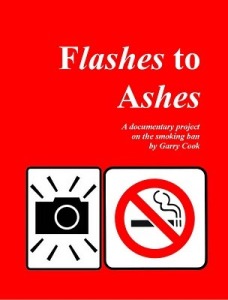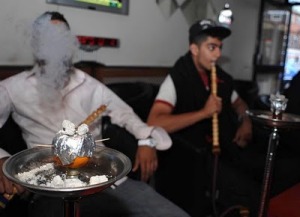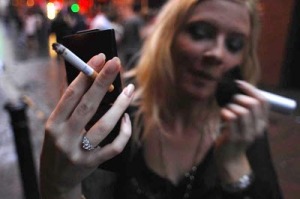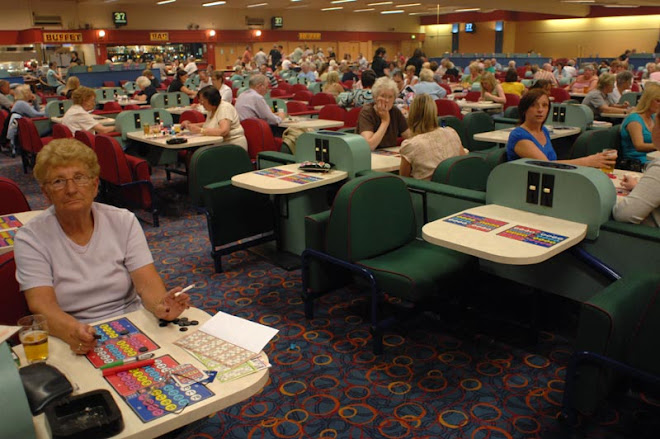Alamy is the accessible photo agency where professional photographers or enthusiastic semi-pro’s can start earning dosh.
It looks like the perfect site. Easy to register, a seemingly straight-forward image submissions process and a fairly high hit-rate selling their stock.
The site is well designed and purports to be user-friendly, but too may photographers are finding this not to be the case.
In fact, a growing number appear to have given up selling their photos to the agency after falling at the first hurdle - failing to overcome the Quality Control Test.
There are two major problems a contributor faces with his first Alamy submission.
First is the site’s own submission guidelines. At first glance they are well laid out, thorough and descriptive, a step-by-step guide which should eliminate any problems before you start.
There is a lot to read in the commission guidelines, but this is a professional outfit and that’s as it should be. If you can’t be bothered going through the rules, log off.
The problem is the guidelines lack some important details and facts which could simplify the whole process.
Alamy’s own guidelines do not actually make it clear what type of files it accepts, and if Tiff files are acceptable. The process of interpolation – upsizing of file size – is not clearly explained either.
The other nagging annoyance dragging Alamy down is its impersonal dealing with contributors.
It’s automated email system does keep the contributor informed when a QC Test CD has been received. It also informs the contributor what will happen next, and the expected timescale.
But when that email drops stating that every image on your submission has failed the QC Test there is no further explanation as to why.
For an initial or second submission this is fair enough. The potential of a novice contributor to get things wrong is high and I understand Alamy not having the time to give detailed reasons for failure.
But when the contributor is on his fourth or fifth submission of the same 10 images and is convinced he has got everything spot on (like I was) then surely a nudge in the right direction would benefit both parties.
I did at one point get an email from a named sender, which explained my photos were rejected for technical reasons but didn’t tell me what I actually needed to do. I had submitted interpolated Jpegs – sending Tiffs instead was the answer I was not given.
It was only after doing my own research that I conquered the problem.
So, those of you still bamboozled over the Alamy QC test – this is how to pass it.
1. Use a Tiff file.
2. Zoom into your photograph at 100 per cent and slowly check for any dust marks. Clone them out if necessary.
3. Check if your Tiff is 8bit or 16bit.
4. Install the genuine Fractals plug-in into Photoshop CS or CS2. Use this programme to upsize your photograph to 50mb if it is 8bit or 100mb if it is 16bit.
5. If the Tiff is 16bit, change it to 8bit. It should now be around 50mb.
6. Save it. It’s ready for the QC test.


















